#verismo
Text
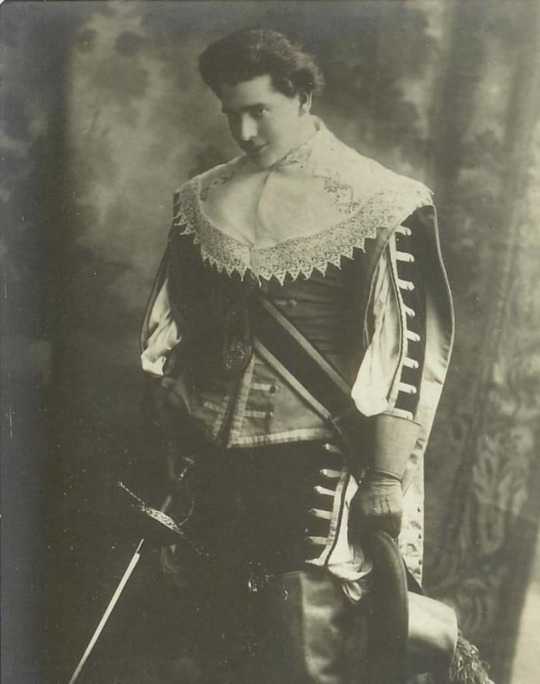
On this antique photocard ca. 1900 you see the Italian Tenor Giuseppe Anselmi (1876-1929).
He was only 20 years as he give first time on stage Turiddu in Greece. After 1900 he was very successful in Naples, London, Milano and in Buenos Aires. Take a look on his biography.
#classical music#opera#music history#bel canto#composer#classical composer#aria#classical studies#maestro#chest voice#Giuseppe Anselmi#Anselmi#lyric tenor#tenor#Royal Opera House#Covent Garden#La Scala#verismo opera#verismo#classical musician#classical musicians#classical voice#classical history#musician#musicias#music education#music theory#historian of music#history of music
13 notes
·
View notes
Text
Cuore d'Ossa - Oltre la Carne 5

View On WordPress
#amazon#bestseller#book#bookworm#contemporary#cuore d&039;ossa#Cuore di carne#key genius#neo verismo#novel#numb#Oltre la carne#reading#romance#verismo
2 notes
·
View notes
Text
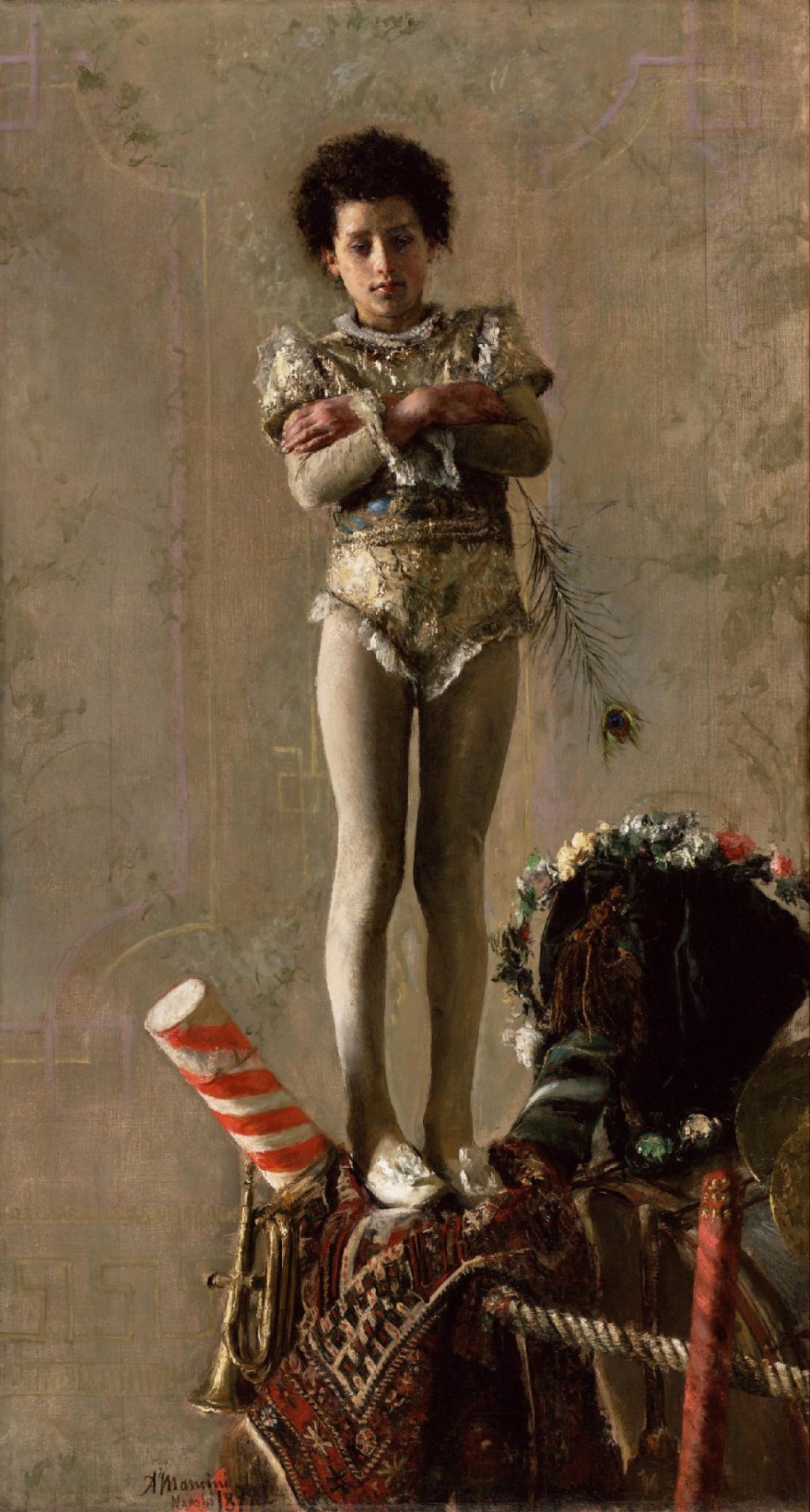
Il Saltimbanco by Antonio Mancini. Italy, 1879. Oil painting.
In the early 19th century, the exile of Napoleon lifted restrictions on public expression and brought about a new era of innovation in theater and performance, bringing about characters such as Pierrot and Harlequin. Antonio Mancini was part of the Verismo movement, an Italian response to Realism, and often painted children and street performers.
In this painting, he depicts a young boy (the model being Luigiello, one found in several of Mancini's paintings) as a Saltimbanco, an acrobat who used a small bench as his platform. This type of performer can be dated back to at least the 18th century, and would perform both on streets as well as in theaters. While the Saltimbanco is Italian in origin, the nature of this character changed with the changed in the French theater scene in the 19th century. The writings of the French poet Charles Baudelaire in particular reimagined the character in his short story, 'Le vieux saltimbanque.' Originally a cheery character associated with the thrill of Italian commedia, he was reimagined as a sad clown, a man depressed by the contrast of his "comic rags" to the misery around and in him. Similarly, Mancini often focused on the desolate, raggedy nature of the performers he was depicting, particularly when they were poor children. In this piece, the performer is not particularly raggedy, but he is rather frail and posed similarly to portrayals of Jesus as the "Man of Sorrows." This piece combines both the contemporary reinvention of theater as well as the artists focus on street performance, themes also seen in other portraits by the artist.
#art#art history#art history student#oil painting#painting#il Saltimbanco#antonio mancini#mancini#saltimbanque#saltimbanco#verismo#impressionism#street performer#acrobat#realism#victorian art
2 notes
·
View notes
Text
La violenza del mondo secondo Martin Scorsese
Martin Scorsese al Festival internazionale del cinema di Berlino (2008). Fonte: Wikipedia
Esponente della New Hollywood, Scorsese è considerato uno dei più importanti registi della storia del cinema. Abbiamo accennato al fatto che egli tende a rappresentare un mondo crudo e violento; lo fa perché quello è il modo in cui è fatto il mondo secondo lui: la realtà in cui viviamo è così. Questo modo…

View On WordPress
#cinema#etica#Federico Giacomel#film#finalità#gang#Hollywood#italiano#Little Italy#mafia#Manhattan#Martin Scorsese#morale#neorealismo#New#New York#religione#verismo#violenza
0 notes
Text
La violenza del mondo secondo Martin Scorsese
Martin Scorsese al Festival internazionale del cinema di Berlino (2008). Fonte: Wikipedia
Esponente della New Hollywood, Scorsese è considerato uno dei più importanti registi della storia del cinema. Abbiamo accennato al fatto che egli tende a rappresentare un mondo crudo e violento; lo fa perché quello è il modo in cui è fatto il mondo secondo lui: la realtà in cui viviamo è così. Questo modo…

View On WordPress
#cinema#etica#Federico Giacomel#film#finalità#gang#Hollywood#italiano#Little Italy#mafia#Manhattan#Martin Scorsese#morale#neorealismo#New#New York#religione#verismo#violenza
0 notes
Text

hello, what is going on here??? 👀
#r18 otome game#verismo baroque#marl terrier#veribaro marl#tetsuto furukawa#veribaro#r18 otome#otomege#josei muke
22 notes
·
View notes
Text
Event 12 (Final Event)
愛と裏切りのマスカレード~Postlude~
Love and Betrayal Masquerade ~Postlude~
3/24/23 16:00 to 4/3/23 14:59 JST

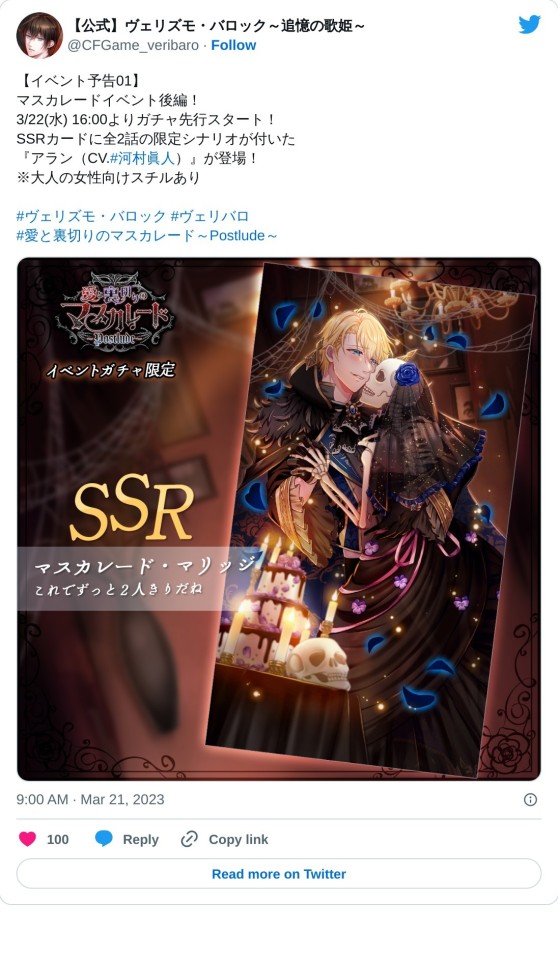

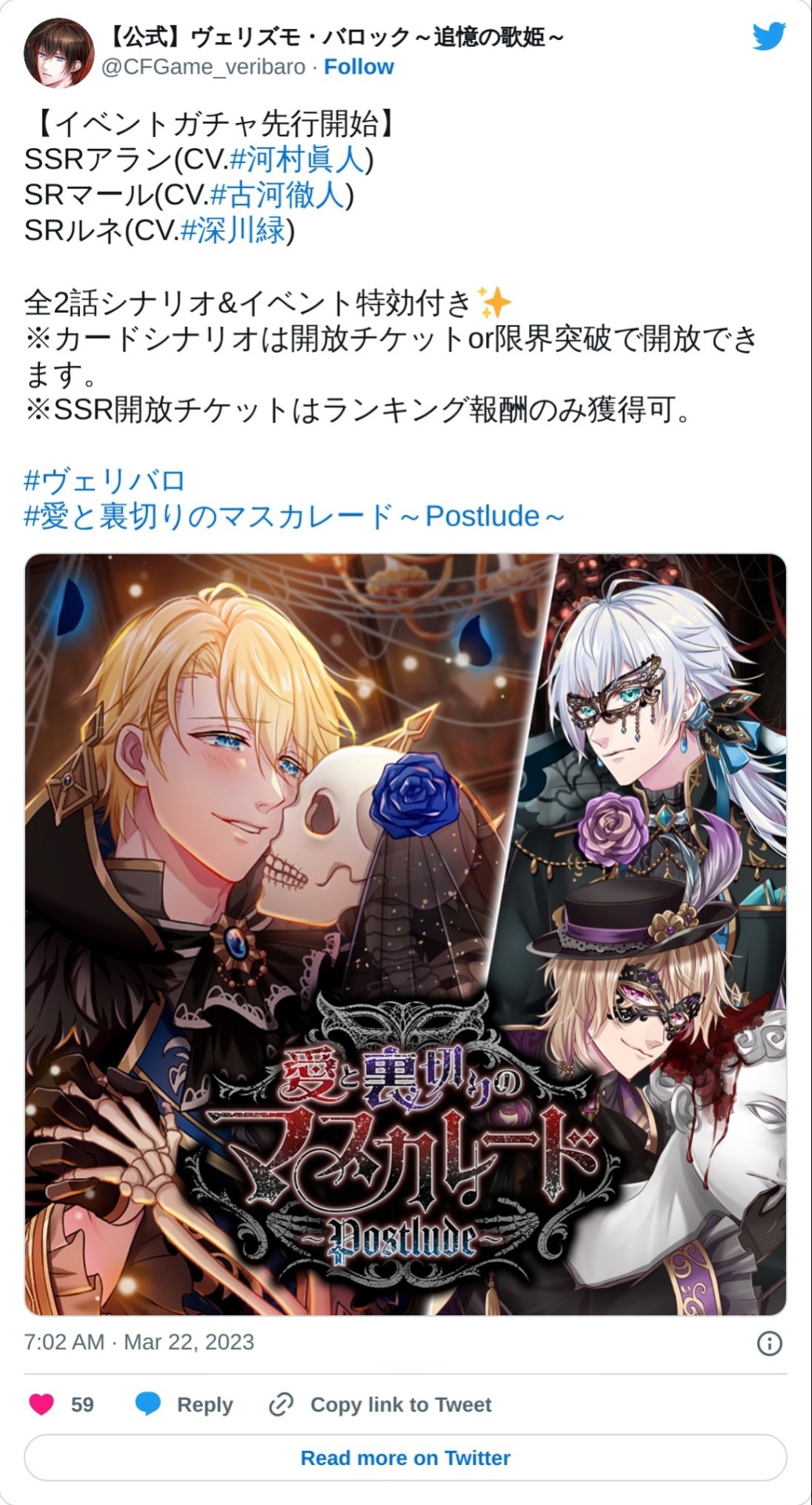

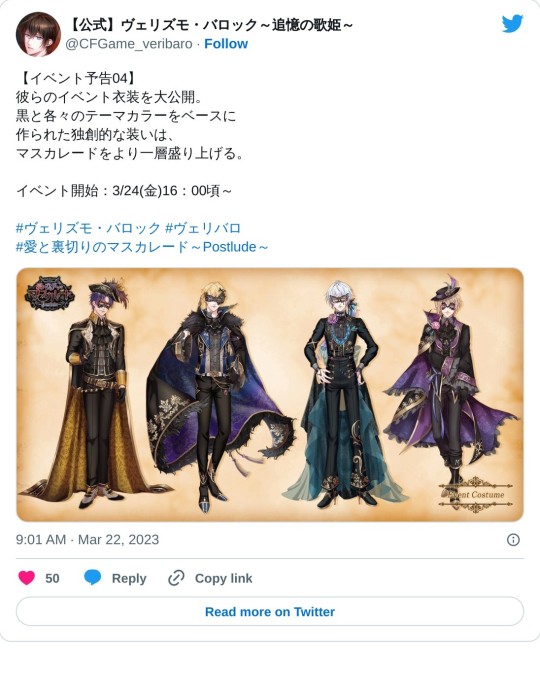
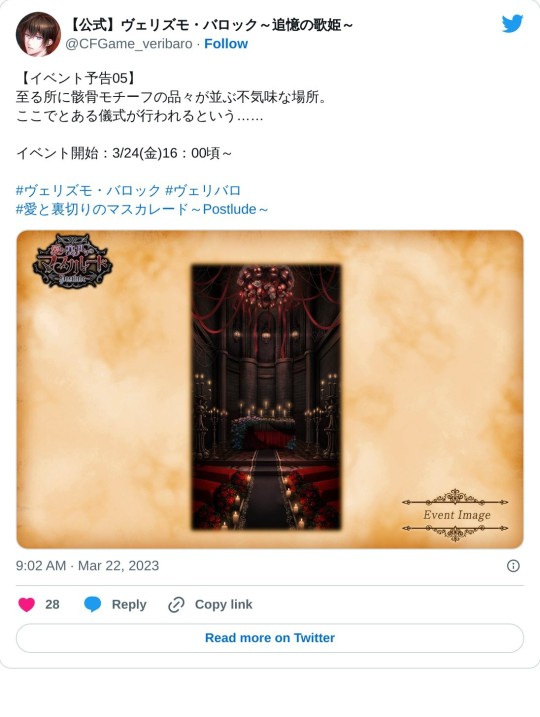

Alan's SSR Scenario
You are a diva and a popular person. After the show, her girlfriend Alan witnesses her being courted by an obsessed male fan. He didn't say anything on the spot, but when the two of them went to the public bath, things changed...


#Verismo Baroque#Veribaro#ヴェリバロ#ヴェリズモ・バロック#mobile otome game#browser otome game#r18 otome game#ComicFesta Otome Game#Veribaro Event#Verismo Baroque Event#Veribaro Event 12#Veribaro Final Event#愛と裏切りのマスカレード~Postlude~#forgot to post this earlier#procrastination...
3 notes
·
View notes
Text
I don't really consider myself much of a patriot - unless we're talking Moniuszko's Halka. I'll defend this opera forever and yes, I do think it deserves to be known outside of Poland because it SLAPS.
#i love Halka yall. she's my girlie. she's like a combo of Santuzza Norma and Lucia.#would love an AU production where she actually does burn that church with Janusz and everyone in it to the ground <333#also like. yes musically it's much more bel canto-ish but thematically this is pure VERISMO#and not to brag but it predates Carmen by like 30 years so yknow 💅#and since some people say verismo starts with Carmen and not Cavalleria Rusticana - then it may as well have started with Halka#i love this aria and the way Kawecka sings it#but the second aria is also amazing. the first part is kinda like 'Senza mamma' and yes it always makes me cry#and then it morphs into my girlie going fucking INSANE <3333#ja serce twoje wyrwę ci! za krzywdę moją spalę cię! o jAAAAAAAśko panie czy ty słyszysz mnie?!!!!!! <3333#opera tag#halka#polska#moniuszko#Spotify
4 notes
·
View notes
Text
My Favorite Kafhime Fics

As the title says, this is a list of my favorite Kafhime fics, in no particular order. Make sure you check them out!
Coffee Milk by cafe_au_late R: T
Why you should read it? A little angsty, but very rewarding in developing the bond between them.
Lovely Lady Luck by redcane R: M
Why you should read it? Kafhime modern AU, it does an amazing job of exploring how Kafka and Himeko are both good and bad for each other.
Red Roses Burn My Eyes by plitaka (zanyzoom) R: M
Why you should read it? In my opinion, one of the sexiest Kafhime fics written!
Addicted to Coffee by angelyon R: T
Why you should read it? Because every fandom needs a coffee shop AU.
Verismo (In Sickness and In Health) by flowerpop R: M
Why you should read it? 1900’s Kafhime AU. Chef’s 😘
I love you like an alcoholic by arsonide R:T
Why you should read it? Because this is The Kafhime Exes fic.
Transpose by eunsyg R: E
Why you should read it? This is the Kafhime fic.
#ao3 fanfic#kafhime#himeko#himeko star rail#hsr kafka#kafka#fanfic rec#recommendations#honkia star rail#honkai fanart
89 notes
·
View notes
Text
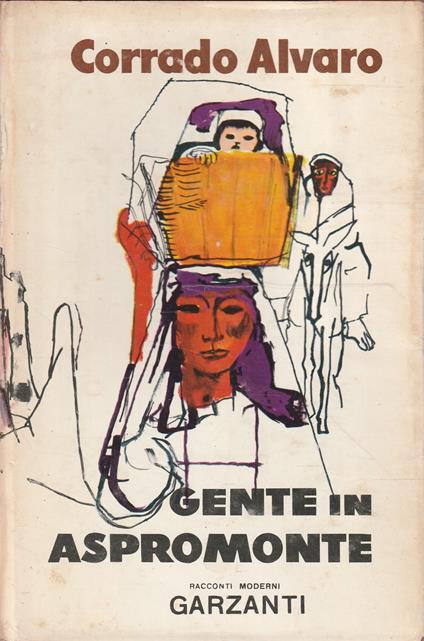
Revolt in Aspromonte - An early 20th century's tale of hopeless poverty in Southern Italy's Calabria
Gente in Aspromonte (which was translated in English as Revolt in Aspromonte) written in 1930 by Italian journalist and novelist Corrado Alvaro, is a short but powerful novel of peasant life in Southern Italy's Calabria and is recognized by Italians as one of the classics of their modern literature.

Gente in Aspromonte is the story of the shepherd Argirò and his family––of their struggle for survival, and some shred of dignity, against the degrading oppression of the feudal family which controls their village. In his despair, Argirò believes that if only he can educate his youngest son, Benedetto, to be a priest he will achieve status and revenge on those who have wronged him. To this end, he sacrifices himself and the gentle older brother, Antonello. A simple tale––but told with a poetry of style which gives it a somber beauty.

Corrado Alvaro (San Luca, 15 April 1895 – Rome, 11 June 1956) was an Italian journalist and writer of novels, short stories, screenplays and plays. He often used the verismo style to describe the hopeless poverty in his native Calabria.
Gente in Aspromonte, which examined the exploitation of rural peasants by greedy landowners in Calabria, is considered by many critics to be his masterpiece.

He was born in San Luca, a small village in the southernmost region of Calabria. His father Antonio was a primary school teacher and founded an evening school for farmers and illiterate shepherds. Alvaro was educated at Jesuit boarding schools in Rome and Umbria. He graduated with a degree in literature in 1919 at the University of Milan and began working as a journalist and literary critic for two daily newspapers, Il Resto del Carlino of Bologna and the Corriere della Sera of Milan.

He served as an officer in the Italian army during World War I. After being wounded in both arms, he spent a long time in military hospitals. After the war, he worked as a correspondent in Paris (France) for the anti-Fascist paper Il Mondo of Giovanni Amendola. In 1925, he supported the Manifesto of the Anti-Fascist Intellectuals written by the philosopher Benedetto Croce.
In 1926 he published his first novel L'uomo nel labirinto (Man in the Labyrinth), which explored the growth of Fascism in Italy in the 1920s. A staunch democrat with strong anti-Fascist views, Alvaro's politics made him the target of surveillance of Mussolini's Fascist regime. He was forced to leave Italy and during the 1930s he travelled widely in western Europe, the Middle East, and the Soviet Union. Journeys he later recounted in his travel essays. L'uomo è forte (1938; Man Is Strong), written after a trip to the Soviet Union, is a defence of the individual against the oppression of totalitarianism.
Alvaro is noted for his realistic, epic depictions of the Italian poor. His later work portrayed the contrasts between a yearning for the simple, pastoral way of life, and the aspiration to achieve material success that attracts people to the city. He died in Rome in 1956.
Follow us on Instagram, @calabria_mediterranea
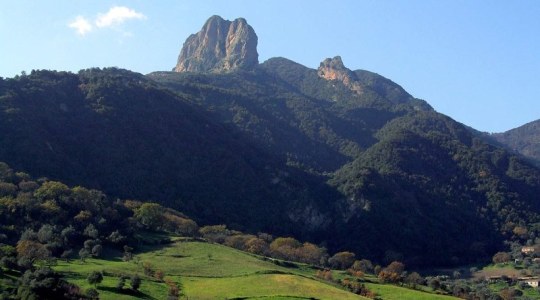
#gente in aspromonte#corrado alvaro#italian literature#calabria#italy#italia#south italy#southern italy#letteratura italiana#letteratura#literature#authors#aspromonte#peasants#peasant life#1930s#1930#1930's#poverty#poor#san luca#mountains#antifascismo#antifascism
16 notes
·
View notes
Text
The Top 40 Most Popular Operas, Part 3 (#21 through #30)
A quick guide for newcomers to the genre, with links to online video recordings of complete performances, with English subtitles whenever possible.
Verdi's Il Trovatore
The second of Verdi's three great "middle period" tragedies (the other two being Rigoletto and La Traviata): a grand melodrama filled with famous melodies.
Studio film, 1957 (Mario del Monaco, Leyla Gencer, Ettore Bastianini, Fedora Barbieri; conducted by Fernando Previtali) (no subtitles; read the libretto in English translation here)
Donizetti's Lucia di Lammermoor
The most famous tragic opera in the bel canto style, based on Sir Walter Scott's novel The Bride of Lammermoor, and featuring opera's most famous "mad scene."
Studio film, 1971 (Anna Moffo, Lajos Kozma, Giulio Fioravanti, Paolo Washington; conducted by Carlo Felice Cillario)
Leoncavallo's Pagliacci
The most famous example of verismo opera: brutal Italian realism from the turn of the 20th century. Jealousy, adultery, and violence among a troupe of traveling clowns.
Feature film, 1983 (Plácido Domingo, Teresa Stratas, Juan Pons, Alberto Rinaldi; conducted by Georges Prêtre)
Part I, Part II, Part III, Part IV, Part V, Part VI
Mozart's Die Entführung aus dem Serail (The Abduction from the Seraglio)
Mozart's comic Singspiel (German opera with spoken dialogue) set amid a Turkish harem. What it lacks in political correctness it makes up for in outstanding music.
Royal Opera House, Covent Garden, 1988 (Deon van der Walt, Inga Nielsen, Lillian Watson, Lars Magnusson, Kurt Moll, Oliver Tobias; conducted by Georg Solti) (click CC for subtitles)
Verdi's Un Ballo in Maschera
A Verdi tragedy of forbidden love and political intrigue, inspired by the assassination of King Gustav III of Sweden.
Leipzig Opera House, 2006 (Massimiliano Pisapia, Chiara Taigi, Franco Vassallo, Annamaria Chiuri, Eun Yee You; conducted by Riccardo Chailly) (click CC for subtitles)
Part I, Part II
Offenbach's Les Contes d'Hoffmann (The Tales of Hoffmann)
A half-comic, half-tragic fantasy opera based on the writings of E.T.A. Hoffmann, in which the author becomes the protagonist of his own stories of ill-fated love.
Opéra de Monte-Carlo, 2018 (Juan Diego Flórez, Olga Peretyatko, Nicolas Courjal, Sophie Marilley; conducted by Jacques Lacombe) (click CC and choose English in "Auto-translate" under "Settings" for subtitles)
Wagner's Der Fliegende Holländer (The Flying Dutchman)
An early and particularly accessible work of Wagner, based on the legend of a phantom ship doomed to sail the seas until its captain finds a faithful bride.
Savolinna Opera, 1989 (Franz Grundheber, Hildegard Behrens, Ramiro Sirkiä, Matti Salminen; conducted by Leif Segerstam) (click CC for subtitles)
Mascagni's Cavalleria Rusticana
A one-act drama of adultery and scorned love among Sicilian peasants, second only to Pagliacci (with which it's often paired in a double bill) as the most famous verismo opera.
St. Petersburg Opera, 2012 (Fyodor Ataskevich, Iréne Theorin, Nikolay Kopylov, Ekaterina Egorova, Nina Romanova; conducted by Mikhail Tatarnikov)
Verdi's Falstaff
Verdi's final opera, a "mighty burst of laughter" based on Shakespeare's comedy The Merry Wives of Windsor.
Studio film, 1979 (Gabriel Bacquier, Karan Armstrong, Richard Stilwell, Marta Szirmay, Jutta Renate Ihloff, Max René Cosotti; conducted by Georg Solti) (click CC for subtitles)
Verdi's Otello (Othello)
Verdi's second-to-last great Shakespearean opera, based on the tragedy of the Moor of Venice.
Teatro alla Scala, 2001 (Plácido Domingo, Leo Nucci, Barbara Frittoli; conducted by Riccardo Muti)
#opera#top 40#21 through 30#video#complete performances#english subtitles#il trovatore#lucia di lammermoor#pagliacci#die entfuhrung aus dem serail#the abduction from the seraglio#un ballo in maschera#les contes d'hoffmann#the tales of hoffmann#der fliegende holländer#the flying dutchman#cavalleria rusticana#falstaff#otello
21 notes
·
View notes
Text

August 9. 1919 the Italian Composer Ruggero Leoncavallo(1857-1919) died.
His biggest success was the Opera
“Pagliacci”. Here we see a rare humorous postcard from 1931.
#Ruggero Leoncavallo#Leoncavallo#opera#classical music#music history#composer#bel canto#classical composer#classical studies#aria#librettist#Pagliacci#verismo#Metropolitan Opera#Met#classical composers#classical musician#classical musicians#classical history#musician#musicians#historian of music#chest voice#diva#prima donna#maestro#Mattinata#La Nuit de mai#Clowns#poscard
11 notes
·
View notes
Text

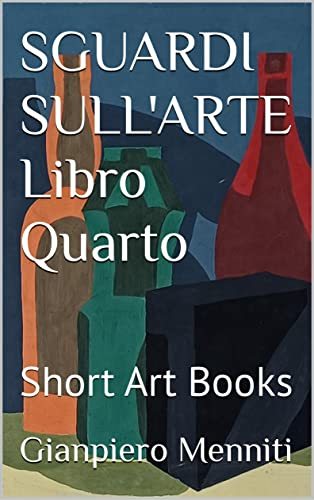

Da: SGUARDI SULL'ARTE LIBRO QUARTO - di Gianpiero Menniti
IL COLORE OLTRE L'OMBRA
Ancora oggi, Giovanni Francesco Barbieri detto il "Guercino", è considerato un pittore raffinato, iscritto nel catalogo ideale del classicismo seicentesco capace di attenuare la resa reale delle rappresentazioni con la nitidezza vivida dei colori ora sfumati, ora esaltati.
A veder bene, ci si trova innanzi un "maestro" del colore, trattato alla stregua di materia.
Le figure, anche se così ben disposte sulla scena, "carraccesche" o "caravaggesche" che dir si voglia, non hanno corpo ma colore.
Colore cangiante, dotato di mille tonalità, ora acceso ora ridotto a ombra.
Ma sempre lì, in primo piano o sullo sfondo, il colore domina.
Solo un particolare gusto estetico?
Forse.
In tarda età questa passione per il colore gli venne contestata come esilio della rappresentazione veridica che caratterizzò la sua epoca.
Tuttavia, per il pittore di Cento, il rilievo dell'immagine appare concentrato in uno strumento innegabile: l'impatto dei contrasti di luce dati dalla ricerca coloristica.
Come se già fosse presente, in lui, il salto espressionista, il significato dell'intensità cromatica che afferma l'essenza della pittura e reagisce al verismo ottundente dell'immagine sacra.
Questa è fuori dal tempo, oltre ogni ricerca del reale: vive di luce, pregna o tenue, carica o sottile, pesante o lieve.
Se è rappresentabile, solo così può essere mostrata.
È un modo di dipingere che fa omaggio all'ultraterreno.
Distingue.
Anche il mito.
Senza compromessi.
Ricorda all'osservatore la dimenticata differenza.
Anche della pittura rispetto a ogni altra forma d'arte.
- Guercino (1591 - 1666): "Sepoltura e gloria di santa Petronilla", 1623, Pinacoteca Capitolina, Roma
13 notes
·
View notes
Text
wait i'm curious.
#ASLSJFJD SORRY IF MY PUCCINI HATE BIASES THE POLL#opera#i'm a baroque boy and a classical girlie#though the weird intersection of jazz and classical music is also chef's kiss
56 notes
·
View notes
Photo

Víctor Patricio de Landaluze (Spanish-born active in Cuba, 1830 - 1889)
Día de Reyes en La Habana, ca. 1800s
Museo Nacional de Bellas Artes de Cuba
On Three Kings Day... Víctor Patricio Landaluze is an attentive observer of the street scene, full of color and movement on the only day a year that Havana slaves are allowed to parade before the Governor.
The work of the Basque Víctor Patricio Landaluze, caricaturist and painter, is important, who leaves in his small oil paintings the image of the men of the popular classes –not without traces of irony– among whom we see passing from the free black to the urban slave and plantation, as well as the criollo peasant in his games and dances. Landaluze does not denounce the social reality governed by the injustice of slavery. His vision is picturesque, alien to the verismo of the historical moment. His work demonstrates his qualities as a good draftsman and the use of chromatic ranges of clean and bright inks. Some of his favorite themes are reiterated in his works with variations in composition or, sometimes, in costumes and settings.
#Víctor Patricio Landaluze#Víctor Patricio de Landaluze#cuban art#cuba#cuban#cubanos#art#european art#western civilization#dia de reyes#dia de reyes en la habana#fine art#fine arts#1800s#world history#black history month#spanish artist#traditional art#oil painting#habana#havana#colonies#colony#colonial art
61 notes
·
View notes
Text
Current mood? Heroine with tuberculosis in a verismo opera.
19 notes
·
View notes